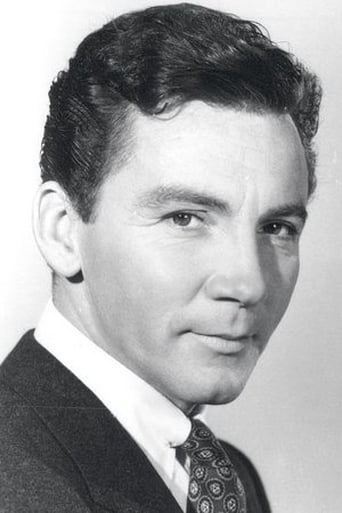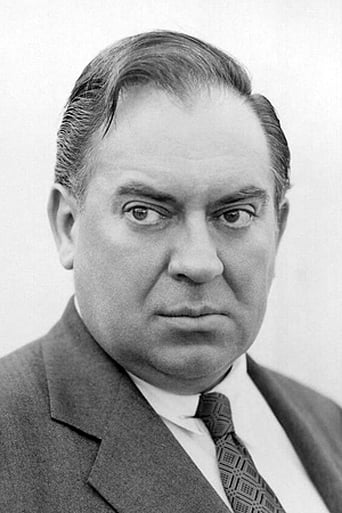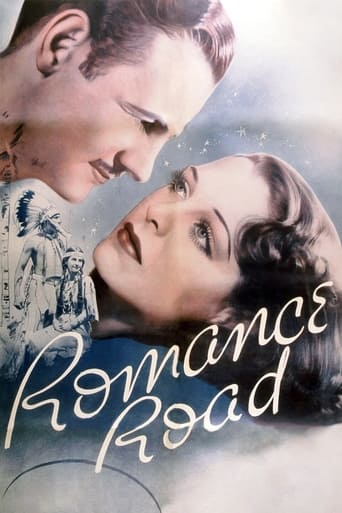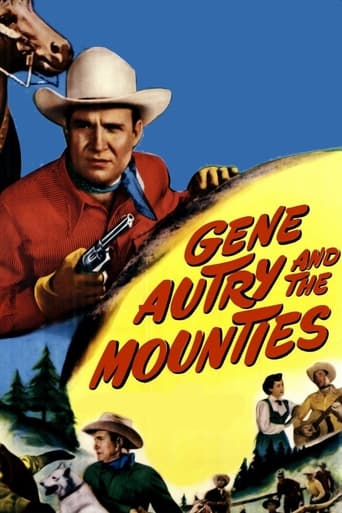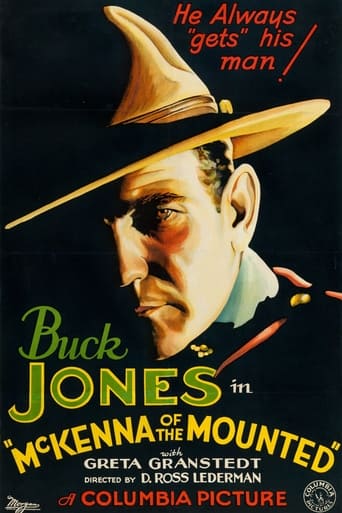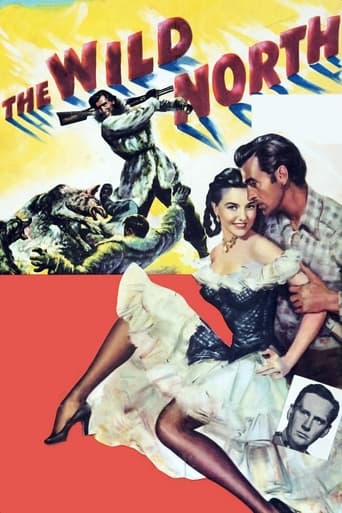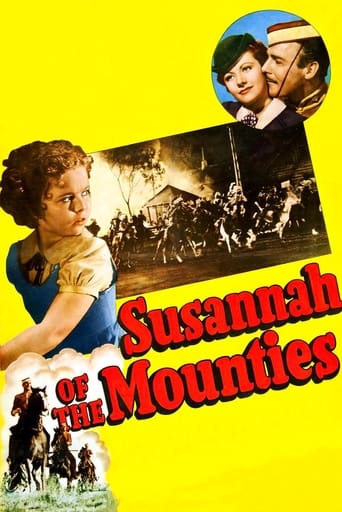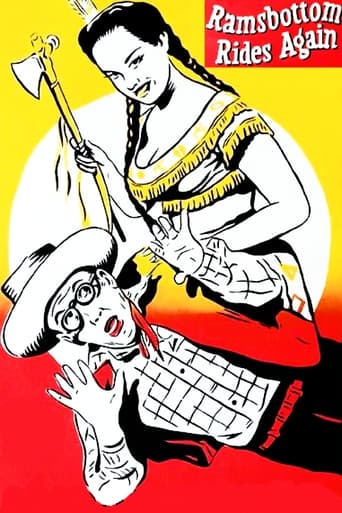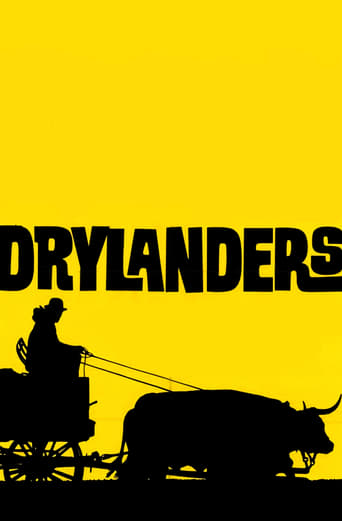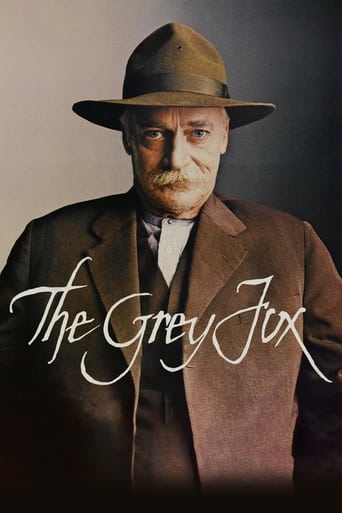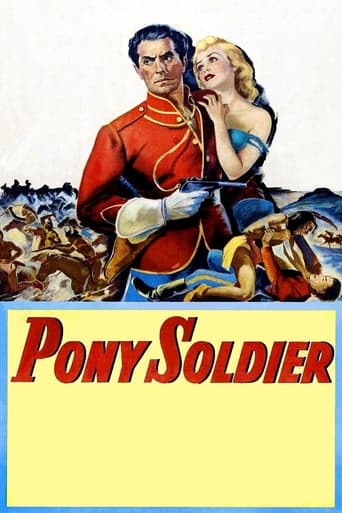
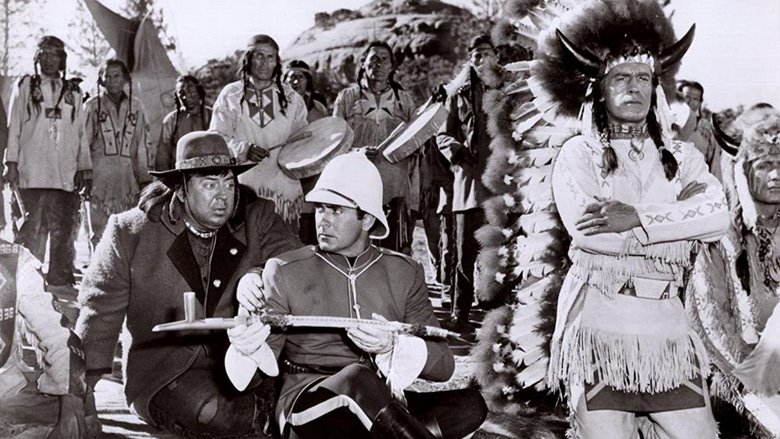
Pony Soldier (1952)
Duncan MacDonald, a 19th-century Royal Canadian Mountie, has to escort a group of Cree Indians back to their above-the-border reservation. His guide in this endeavor is the not-too-trustworthy half-breed Natayo.
Watch Trailer
Cast


Similar titles
Reviews
Fictional tale of interactions between a band of plains Cree in SW Saskatchewan, and the US Cavalry, on the one hand, followed by the newly emplaced Canadian Northwest Mounted Police, represented by one lone Mountie(Tyrone Power, as Duncan McDonald). As the story begins, a band of Cree, under the leadership of Standing Bear((Stuart Randall), have illegally relocated to Montana, where they hoped the bison had not been decimated, as they were starving. With the Technicolor cinematography, we see the largely pink and rusty red colors of the Arizona Colorado Plateau, and of Red Rock Canyon, in CA, instead of the expected Saskatchewan landscape....... The early spectacular battle scene between US cavalry and Cree, in the shallow water of a flood plain, clearly was lifted from the similar scene in the 1944 "Buffalo Bill", which I had seen earlier. The Cree decided the US plains was too dangerous to stay long, Thus, they crossed over to Canada, but not to their reservation. Thus, the Inspector(commander)(Howard Petrie) of the Mountie Fort Walsh sent a newly arrived recruit named Duncan MacDonald(Tyrone Power) to encourage the Cree to return to their former starvation reservation, and to release 2 white captives. MacDonald was termed by the Indians as a pony soldier......There are a number of action scenes scattered through the film, although much time is spent in negotiations and riding around. MacDonald is initially accompanied by Nayato(Thomas Gomez), who is rather afraid of the Cree, as his father was an enemy Blackfoot. He disappears about halfway through, as MacDonald sends him back to the fort. His place is more or less taken by a half-grown Cree orphan (Anthony Numkena, as Comes Running), who throws himself at MacDonald, whom he hopes will be his new father. The inclusion of this cute kid serves to lighten the otherwise serious nature of the screenplay. He will eventually come in handy when the war chief Konah tries to shoot MacDonald with an arrow........A council of chiefs and elders considers whether to accept MacDonald's demand to return to their reservation and release the captives unharmed. Meanwhile, the male captive, of somewhat disreputable background(Robert Hoston, as Jess), tries to escape, using a teepee stake as a club. He is attacked by Chief Konah's brother, who, in turn is killed by his own tomahawk. Jess almost pays with his life, as MacDonald shoots him off his getaway horse. This was a very risky thing for MacDonald to do, as he is charged with bringing the captives to the fort, unharmed. In retaliation for Jess's killing of his brother, Konah and others abduct the young woman captive: Emerald(Penny Edwards), tie her to a stake, and build a bond fire near her, with the purpose of burning her alive. If they intended to burn her, why did they set the fire some distance from her, rather than around her? This allowed MacDonald time to find her and fight with the Indians before she was burned......The screenplay purports to demonstrate that patient negotiation is often a better way than violence to settle a dispute, I'm still not sure why the Cree agreed to go back to their reservation, where they were starving. Also, I don't understand the bit about a supposed mirage of a river steamboat that everyone saw. What were they smoking? Incidentally, the only historic Standing Bear I could find reference to was a chief of the Ponco tribe, found in the central Midwest. In summary, this is a reasonably entertaining Northern, with some indications of a limited budget. See it at YouTube
Pony Soldier is what you could call a Canadian western (about Mounties and which takes place in Canada) where what counts the most is the visual beauty. You have to remember this film was made before color TV, and when a lot of films where still made in black and white, so it was quite a thrill to watch the beautiful Canadian scenery, the red uniforms of the Mounties, also Indians impeccably dressed. The story about a Mountie's efforts to pacify the Indians, which had taken hostages, also flows easily, quite predictable, with no violent emotions to prevent you from enjoying the colors on the screen. Cameron Mitchell is so well made up as an Indian, that he is unrecognizable.
Improbably enough, Tyrone Power plays one of the first Canadian Mounties in this film. While I just couldn't picture him in this role, he was fine in the role as an interpreter sent to discuss peace with a renegade Indian tribe. The first half of the film was amazingly leisurely paced and lacked the usual level of excitement found in a Western, though the second half improved quite a bit. What I particularly liked was how the Indians were generally portrayed. Unlike earlier Westerns of the 30s and 40s, this one was much more sympathetic in its portrayal of the natives--showing them as intelligent and generally quite honorable. Also, to get past the usual dialog and accent problems, early in the film the narrator announced that Power and the Indians spoke the native language but it was translated to English for the benefit of the audience (an unusual announcement to say the least).Aside from a nice portrayal of most of the Indian, the story also featured a cute Indian lad who actually helped the story--something cute child actors rarely do! On the negative side, the overall effort, to me, seemed rather listless in places and just didn't seem like much more than a very good time-passer. Interestingly enough, I watched this movie with my wife and she really liked it--more than I did, and this is unusual since she usually HATES Westerns.
I'm not sure, but has there ever been a film made with a less than sympathetic treatment of the Royal Canadian Mounted Police? The Mounties have done very well cinema wise and Pony Soldier is not setting any new patterns.It doesn't have to because it's a very entertaining film. The plot has a lot of similarities to Broken Arrow which 20th Century Fox also produced. Tyrone Power is playing Constable Duncan MacDonald, newly arrived at Fort Walsh and sent out on a mission to negotiate a peace with Cree Indians who've left their reserve and tangled with U.S. Cavalry south of the border. On the way back they've taken two white prisoners in a raid and Power is looking to get them back. One is Penny Edwards who catches the eye of Cameron Mitchell and he decides she'd make a good squaw for his little brother. The other is Robert Horton who's an escaped outlaw.So intrepid Mountie Power along with his Indian guide Thomas Gomez go to the camp of the Crees. Gomez is a most reluctant guide, in fact he's kind of blackmailed into making the journey. Thomas Gomez is an underrated and capable actor who deadpans some very funny lines.Two others in the cast really make this work. Little Anthony Numkena plays the Cree Indian boy who Power adopts and that turns out to be a great negotiating technique. But their affection is genuine and the scenes between Power and Numkena are some of the best in the film.Stuart Randall plays the Cree Chief Standing Bear. His portrayal is very similar to Jeff Chandler's more heralded portrayal of Cochise in Broken Arrow. In fact the Indians are not stereotyped, they are three dimensional characters here. Randall does a fine job as Standing Bear, negotiating with Power and having to contend with militants in his own camp led by Cameron Mitchell. Since Jeff Chandler had already broken the same ground with Cochise, Randall's performance has been overlooked, unfortunately so for him.Tyrone Power is a whole cloth hero here and does a fine job. One of the things that Americans don't appreciate is that the Mounties were there in large measure to protect the native Indians from white depredation. Canadians have always loved contrasting that to how the U.S. Cavalry treated the native population. Our cavalry was there on the settler's behalf. The contrast is certainly a matter of historical record, but I wonder if Canada had seen the immigration westward that America did, would their Mounties have been more like our blue coats.



